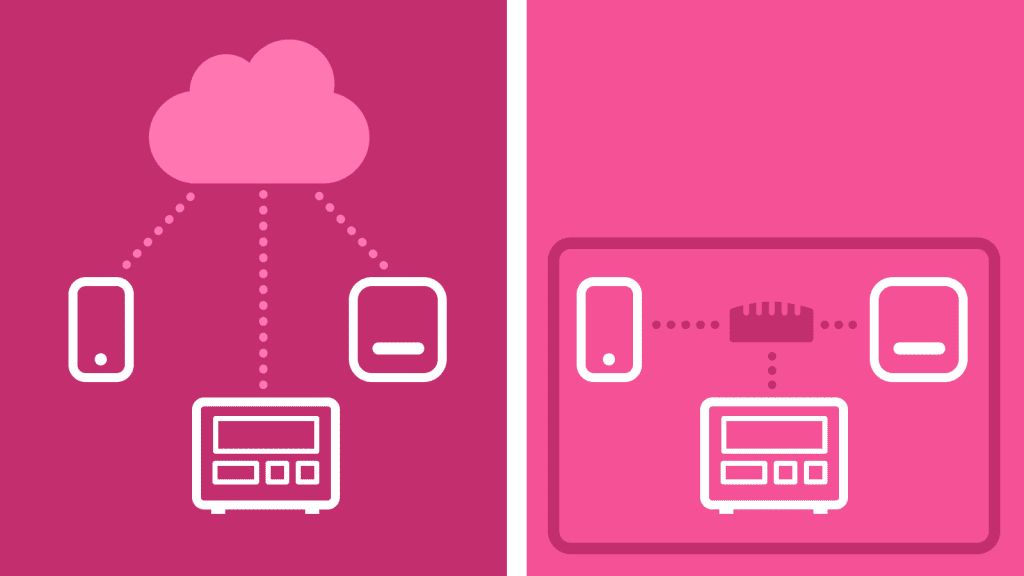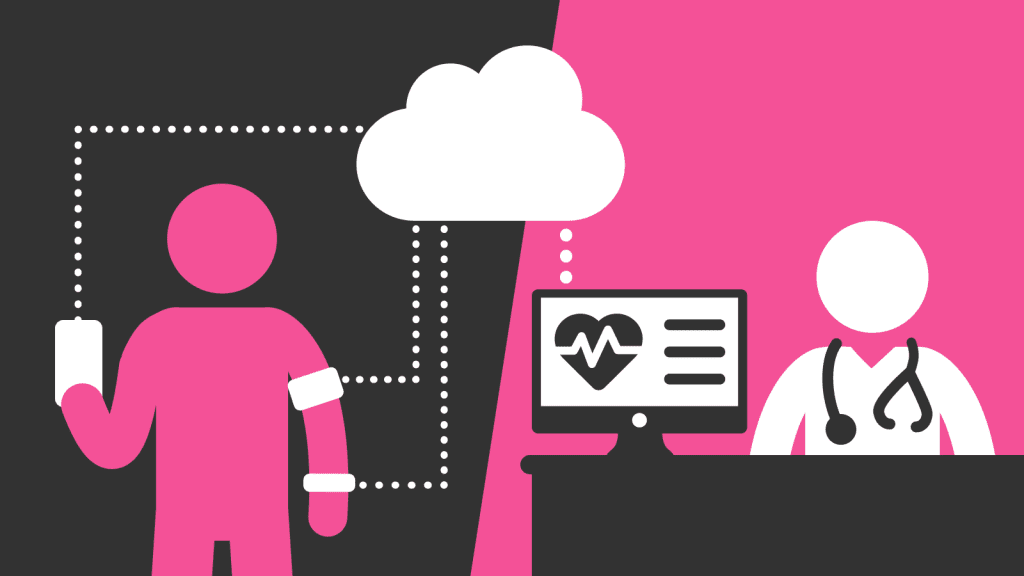
Moving diagnostic testing closer to the patient is a trend that’s been gaining momentum for several years, but has really been accelerated by the COVID pandemic1. More and more, patients want convenience – they want to take a test at home or at their local pharmacy or clinic. They don’t want to go to a hospital or wait days for their results to come back from a centralized lab.
This patient demand, combined with technology improvements enabling smaller, digitized devices and faster results, has led to the rapid growth of point-of-care (POC) testing in ambulatory settings in the U.S. Fierce Biotech reported2 that pre-COVID, there were more than 9,000 urgent care centers in the U.S, with two new centers opening each week. PI’s own research3 suggests that 70 per cent of patients heading to these clinics are getting some form of POC test done. Meanwhile, more than 12,000 pharmacies are now offering CLIA-waived diagnostic tests4.
But with this migration to point-of-care testing comes a tidal wave of admin that ambulatory clinics are often unprepared for.
The problem with POC instruments operating as an island
Clinics are finding that POC testing instruments, while valuable, often operate as an island. These clinics do not have sophisticated Lab Information Systems (LIS) or other integration solutions. This means the practitioner has to do a lot more manual work to update patient files after every test because the POC instrument cannot send data directly to Electronic Health Record (EHR) systems.
A PI3 survey of workers at U.S.-based clinics found that 80 per cent of respondents were not happy about having to enter the data manually and 37 per cent found it very time consuming and frustrating. Having to manually enter results added anywhere from 30 seconds to five minutes per patient, depending on the clinic and type of test.
Feedback from one-on-on interviews5 with clinicians echoed the survey findings:
“We manually punch in results – nothing directly from the device. It’s time consuming – every second matters!” – Sara, Pharmacist Manager, Retail Clinic
“Even an extra 30 seconds x 300 patients – that’s definitely saving a lot of time . That 30 seconds would allow us to prep and prepare for the next person… Sounds so little but it would make a big difference.” – Mercedes, Retail Clinic
“Our biggest challenge is documenting the results, faxing them to our document management team which upload this back into the EHR in 24-48 hours. I’d happily pay more per test for an integrated and secure system that saves time.” – Genevieve, Pharmacist Manager, Pharmacy Clinic
In addition to being time consuming, manual entry also increases risk of error. Anyone who’s ever done data entry knows how easy it is to accidentally transpose numbers or letters when typing.
As Lauren, a Clinic Manager at an Urgent Care Clinic said: “Less people handling information = less room for human error.”
Clearly, this lack of connectivity in POC testing instruments is a significant problem that needs to be addressed – particularly for ambulatory settings. Diagnostic products that can solve connectivity to EHRs out of the box, will have a head start to ride the growth wave.
Why aren’t more POC diagnostic products connected?
Part of the problem is that diagnostic vendors have historically created products with standardized LIS integration support to suit the systems in place at hospitals and reference labs. But when you begin developing products for ambulatory settings, LIS integration is just not sufficient. Most urgent care and retail clinics do not use LIS at all. Instead, they are manually inputting results.
Another part of the problem is that POC vendors are often so focused on making the best, most accurate testing device they can, they don’t give much consideration to the wider workflow implications of their product in ambulatory settings. They focus on making an easy-to-use product, but miss the opportunity to address user challenges before and after the test itself.
Some people also believe that connecting to EHRs is a problem that clinics should figure out themselves. I disagree. Ambulatory clinics are often run lean – meaning setting up interconnectivity of devices to EHRs is a project they just don’t have the time or resources for. Therefore, POC vendors must solve this problem as an extension of their product – and such products will be preferred by clinics.
Why connectivity of POC testing devices is just as important as the device itself
By enabling one-click connectivity in your POC device, you can address many of the pain points facing users in ambulatory settings. As my colleague Ben Druce recently wrote, “Your product needs to make their lives easier, not add another layer of work. The simpler and more seamless you can make your user experience, the more your product will be adopted.”
This often manifests in plug and play integrations with EHRs, which can bring significant benefits. This includes enabling tests to be requested through EHRs and, crucially, automatically updating results on patient records. This not only could save hours each day, but also reduces the risk of manual errors.
Lauren, Clinic Manager at an Urgent Care Clinic, said: “Anything that’s going to save time for clinic or for the medical professional that’s something that’s marketable. Most medical professionals will want to try it out.”
Once a device has connectivity, depending on how it’s set up, you can also add other functionality that can benefit the clinic, the device vendor or the patient. This includes:
- enabling automatic reordering of consumables,
- simplified sharing of test results,
- tracking performance of devices, and
- opening up opportunities to create a patient app.
In a sea of POC products, this sort of convenience and functionality could be what sets your device apart from the rest.
Summary
As consumers take more ownership over their healthcare, demand is rapidly growing for fast, convenient and accurate point-of-care tests. This is great for patients, but more work for clinics – unless the devices are connected. Better connectivity tailored for ambulatory settings will save workers mountains of admin – saving time, money and reducing risk of errors. By enabling one-click connectivity in their devices, POC vendors make their product both easy-to-use and easy to integrate into users’ workflow. This consideration for the whole user journey could make the difference between whether a clinic chooses your device or that of a rival company. Connected POC devices are great for patients, great for clinics, and great for POC vendors.
If you want to know more about our research and how you can grow adoption of your POC instrument in ambulatory market segments by offering one-click connectivity, please get in touch.
References
- Goth G. 2021. COVID Accelerated Consumer-Friendly Testing Trends That Were Already Underway. MD+DI.
- Finnegan J. 2020. Now more than 9,000 urgent care centers in the U.S., industry report says. Fierce Healthcare.
- Halliday S. 2021. ‘Point-of-care (POC) Usage Survey’, Unpublished market research. Planet Innovation.
- CMS CLIA database. March 2020
- Halliday S. 2021. ‘Project Apollo VOC Interview Findings’, Unpublished market research. Planet Innovation.








